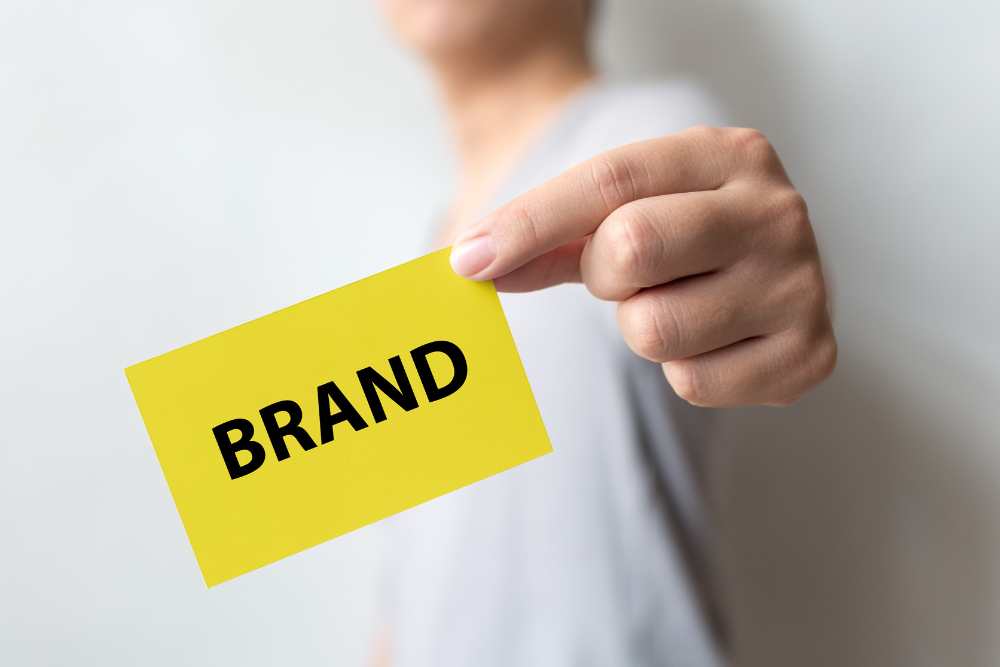Launching a startup is all about timing. But when it comes to PR, that timing becomes even more delicate – and decisive. Public relations is about timing and technique to be able to position correctly in the media.
For startups, PR will accelerate growth. It is however important for startups to launch when they have refined their story, product, and audience. Others wait too long, missing critical windows to shape perception, build brand awareness, or claim market leadership. This is where the challenge lies- knowing the difference between being ready and just being enthusiastic.
The truth is, PR is only powerful when the foundation is ready. Understanding the ideal startup PR timing isn’t about guesswork or gut feel – it’s about recognising readiness, relevance, and reach. Getting it wrong can mean wasted budgets and missed opportunities. But get it right, and PR becomes your startup’s most valuable growth tool.
So, how do you know if you’re too early, too late – or right on time? Let’s unpack the essentials.
Why PR isn’t Just About “Getting Your Name Out There”
PR is often mistaken for a marketing afterthought – something you “add on” after the product launches. But here’s the truth: PR isn’t just about being visible. It’s about being relevant.
At its best, public relations is a strategic tool that shapes how people perceive your brand before they’ve experienced it. For startup public relations to work, it needs something solid to stand on: a refined brand identity, a clear value proposition, and traction that proves your startup isn’t just a good idea – it’s a good business.
Too soon, and the story isn’t strong enough to stick. Too late, and you’re trying to shout into a space already filled with louder voices. In either case, your brand’s opportunity to lead the narrative gets lost.
The media won’t manufacture momentum – they amplify it. Knowing when to start PR is about ensuring your internal story matches the external narrative you want to create. Your startup needs to enter the conversation when it has something meaningful to say – and the capacity to say it well.
What Happens When You Launch PR Too Early
Many early-stage startups make the mistake of thinking press coverage is the catalyst for success. While media attention can drive awareness, strategy is incredibly important.
A media push without a brand foundation is like turning on a spotlight with nothing on stage.
Here’s what may happen when you pull the trigger too early:
- Unrefined messaging that confuses your audience. If you’re still pivoting your offer or brand language, putting that out in the public realm creates inconsistency and credibility gaps.
- Flat first impression with the media. The media might pass because the story isn’t strong enough, and early rejection can feel deflating.
- Customer experiences may not match the promise. If press drives a surge in traffic or interest you can’t yet support, the user experience suffers – and word travels fast.
In short: the best PR campaigns are rooted in clarity. Early PR might spark attention, but without traction, it can’t sustain it. If you’re still experimenting or iterating, it may be a sign to pause and build quietly.
What Happens When You Wait Too Long
On the other hand, waiting until everything is “perfect” often means missing the moment entirely. It sounds safe – but in startup land, perfection is a moving target.
Delaying PR can result in:
- Lost hype cycles. Journalists are driven by timing. Miss the trend, the funding wave, or the launch moment, and your brand is no longer relevant.
- Media fatigue from competitor stories. If rivals with similar offerings get ahead on visibility, they shape the category story – and your version becomes a repeat.
- Harder brand entry. Without prior media visibility and credibility, potential partners, investors, and customers may overlook your startup in favor of names they’ve already seen.
The media respond to stories that feel fresh, timely, and valuable. Great startups often operate in stealth – but if you stay silent too long, you give the spotlight to someone else and may already be behind the curve.
Also Read – Digital PR: Elevating Brand Visibility, SEO, and Content Marketing
How To Know When You’re Ready
Startup public relations works when you’re past the proving point, but not past the moment. While there’s no single timeline that fits every startup, there are markers that suggest your startup is approaching PR readiness.
Here’s what to check off before hitting “send” on that first pitch:
A defined brand narrative – You know what your brand stands for – and it’s more than just your product. You can clearly and confidently articulate your brand’s difference, relevance, and reasoning to exist. This is when you’re not just talking product – you’re talking about positioning.
- A real customer story – Whether it’s customer traction, early growth, beta feedback, or a niche following – you’ve had some wins, and there’s something tangible to prove that people care.
- A compelling founder angle – A great PR story isn’t just what you’re building – it’s why you’re building it, why now, and why it matters. Founders don’t need to be famous, but they need to be interesting. There should be a narrative that’s media-ready.
- A scalable product or experience – Your product or service matches the expectations of a media-exposed audience. You’re prepared to respond to increased interest – an inbox of inquiries, a surge in site traffic.
- A newsworthy hook – This might be a launch, a raise, a pivot, or an industry trend you’re part of. Good PR stories tie into the moment – they don’t float above it. If someone Googles your brand, they need to find more than just a holding page.
What If You’re Not Ready Yet
That’s okay. Not every startup needs a PR campaign straight out of the oven. In fact, some of the best startup stories are born in quiet months – when brands are focused on refining, listening, and growing.
Knowing when to start PR often comes down to identifying the right moments – milestones that signal relevance to media and momentum to your audience.
If PR isn’t quite the right fit yet, consider these brand-building steps:
- Strengthen your owned content. Use blogs, newsletters, and socials to shape your story and language prior to media momentum
- Grow your community. Focus on building genuine traction with early adaptors and advocates who will later become your brand’s proof points.
- Invest in visual identity. Great PR needs great imagery. Invest in brand visuals, product photography, and founder headshots.
- Build journalist relationships. Even before you pitch, start following and engaging with journalists covering your space – relationships matter.
PR is a long game. Laying the groundwork now means you’ll be ready when the time comes. It’s not about being big – it’s about being timely, different, and clear.
Check Out – PR for Startups: How to Build Brand Awareness on a Budget
Don’t Wait for the Perfect Moment – Build the Right One
So, is your startup too early or too late for PR?
The answer isn’t just about where you are. It’s about what you’re ready to share, how it connects to the world, and whether the spotlight will accelerate your momentum or expose your gaps.
PR isn’t a shortcut to success. It’s a way to scale a story you’ve already begun living – and one that people are ready to hear. Make sure what’s in place is worth spotlighting.
And remember: the best time to start PR isn’t when everything is perfect – it’s when what you’re building finally feels real enough to be shared. Timing, as always, is everything.







